Home > Article > Backend Development > Introduction to PHP form elements: input field tag
Form
In this chapter we focus on introducing the input field tag .
Input field tag
Input field tag is one of the most commonly used tags in forms. Commonly used input field tags include text boxes, buttons, radio buttons, checkboxes, etc.
The syntax format is as follows:
The parameter name refers to the name of the input domain; the parameter type refers to the type of the input domain. The following types of input fields are provided in the
type attribute values, examples and explanations:
1. text
Example:
Instructions: name is the name of the text box, value is the default value of the text box, size refers to the width of the text box (in characters), maxlength refers to the text box The maximum number of input characters.
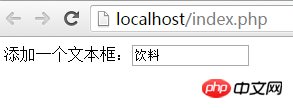
2. password
Example:
Description: Password field, the user is in this text box The input characters will be replaced and displayed as "*" to maintain confidentiality.
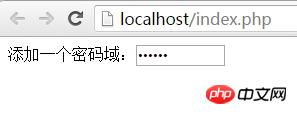
3. file
Instance:
Description: File field, when file is uploaded , can be used to open a modal window to select files. Then upload the file to the server through the form, such as uploading a word file, etc. It must be noted that when uploading files, you need to specify the attributes of the form enctype="multipart/form-date" to achieve the upload function.
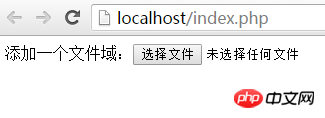
4. radio
Example:
男 女
Description: Radio button, used to set a group The user can only select one item. The checked attribute is used to set the radio button to be selected by default.
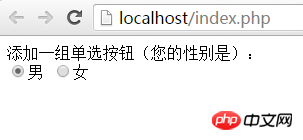
5. checkbox
Example:
图书 水果 食品
Description: Check box, allowing the user to select multiple options. The checked attribute is used to set the single checkbox to be selected by default. For example, when collecting personal information, you are required to make multiple choices among the options of personal preferences.
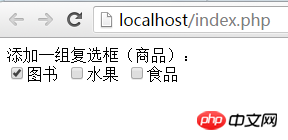
6. submit
Instance:
Description: Submit the content in the form to the server.
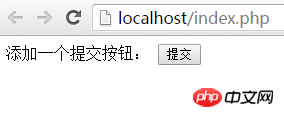
7. reset
Example:
Description: Clear and reset form content, used to Clears the contents of all text boxes in the form and returns the selection menu items to their initial values.
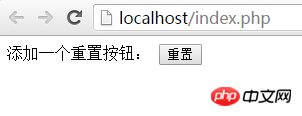
8. button
Example:
Description: The button can trigger the action of submitting the form. When the user needs to modify the form, the form can be restored to its original state, and it can also play other roles according to the needs of the program. Ordinary buttons are generally used with JavaScript scripts for form processing.
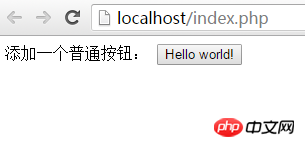
9.hidden
The example is as follows:
Description: Hidden domain, used in Submit the variable value implicitly in the form. Hidden fields are invisible to users on the page. The purpose of adding hidden fields is to collect or send information in a hidden way. When the viewer clicks the "Send" button to send the form, the information in the hidden field is also sent to the processing page specified by the action.
The above is an introduction to the input field mark and an example of the type attribute of . Friends need to memorize this and practice more operations, because the form will be very useful in future development. .
The above is the detailed content of Introduction to PHP form elements: input field tag . For more information, please follow other related articles on the PHP Chinese website!